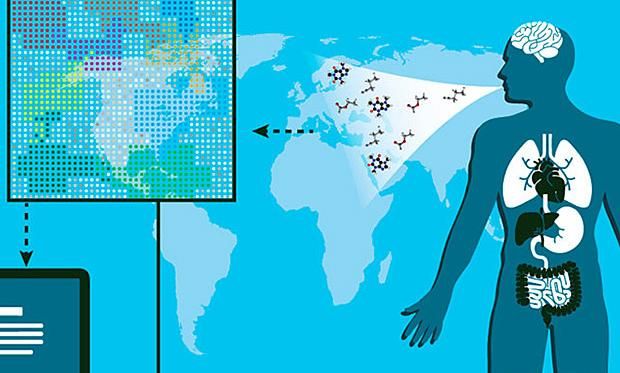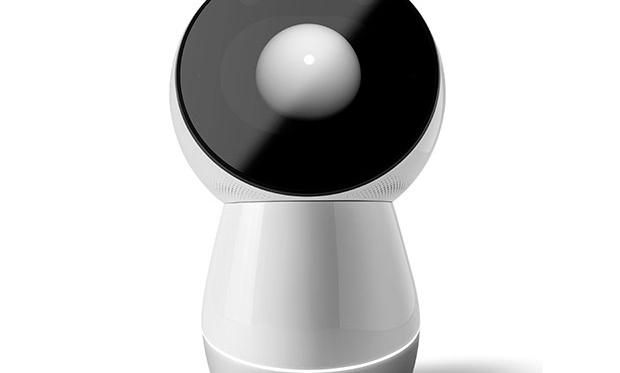
↧
Make your own 3D-printed sonic tractor beam with Arduino
↧
2016 best year ever for funding robotics startup companies

↧
↧
Solar cells implanted under the skin can power pacemakers

↧
Lego Boost is robot building for the rest of us

↧
What to expect of artificial intelligence in 2017

↧
↧
Trump Attacks of U.S. Intelligence on Russia Unnerve Lawmakers

↧
Squishy Clockwork Biobot Could Dose You With Drugs from the Inside

↧
Play digital music on this analog interface

↧
Nvidia And Audi Say They'll Field a Level 4 Autonomous Car in Three Years

↧
↧
Forbes Welcome

↧
Social Robots for Home and Health

↧
This adorable new home robot wise, watchful and doesn’t judge

↧
Lego Boost teaches kids to bring blocks to life with code

↧
↧
Amazon’s robot workforce grows by 50pc in just one year
![]()
↧
Electric Fields Fight Deadly Brain Tumors

↧
10 Tech Trends That Made the World Better in 2016

↧
This guitar-playing robot performs American folk music

↧
↧
Breathalyzer Distinguishes Among 17 Diseases at Once

↧
Andra Keay on robots crossing the chasm

↧
CES 2017: Why Every Social Robot at CES Looks Alike

↧